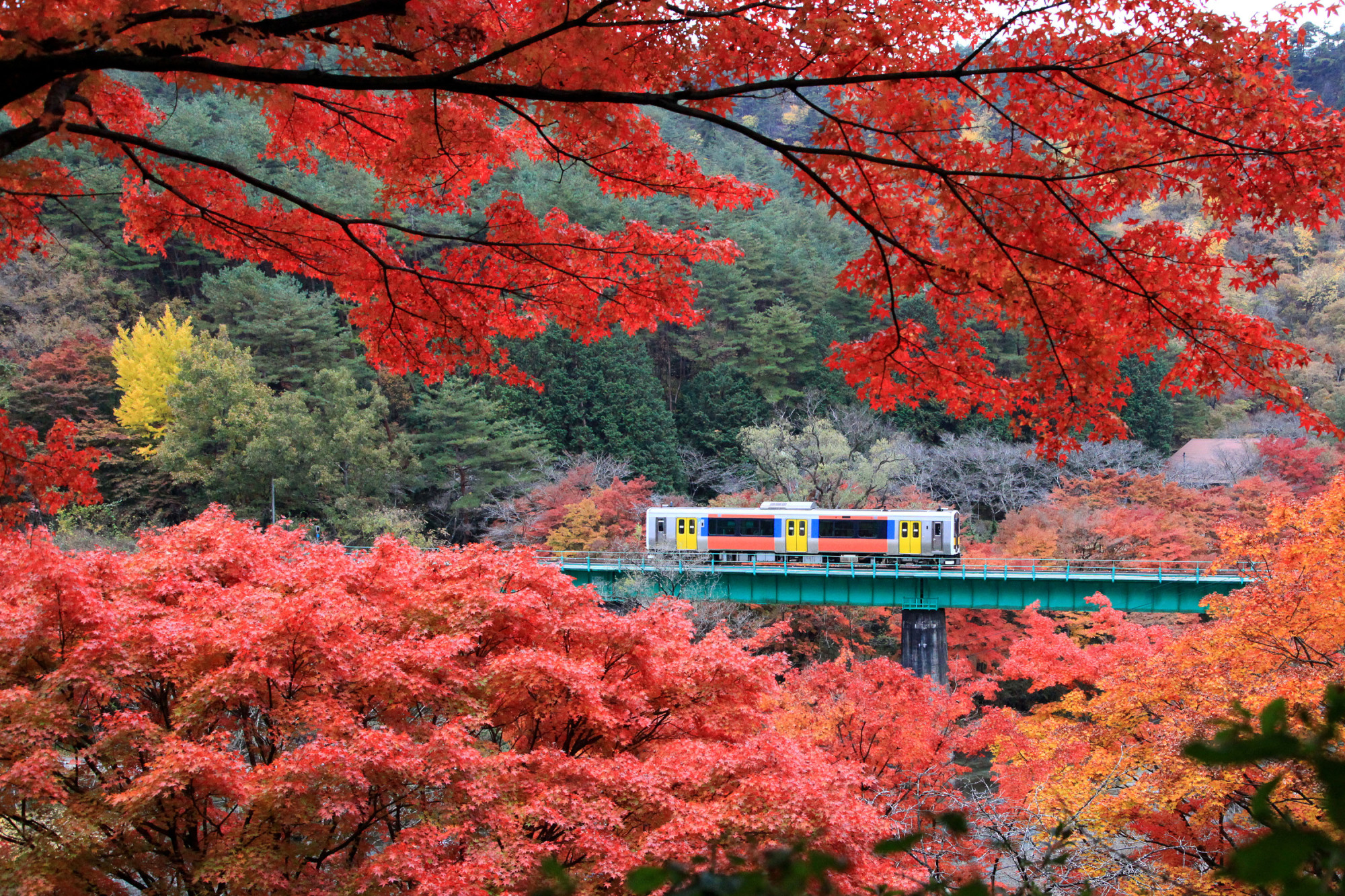If you happen to be weathering the transition from 夏 (natsu, summer) to 秋 (aki, autumn), chances are in much of Japan you're hoping for cooler temperatures and the カラッと晴れた秋空 (karatto hareta akizora, crisp and clear autumn sky).
Fall officially begins on Sept. 23, which is marked by 秋分の日 (Shūbun no Hi, Autumnal Equinox Day) in Japan, but you're still likely to hear people complain that it's まだまだ暑い (mada-mada atsui, still hot). The adverb まだまだ(mada-mada) is used to describe situations that are supposed to change, but show little signs of it: 電車がまだまだ来ない (Densha ga mada-mada konai, The train shows no signs of arriving) or 目的地にまだまだ着かない (mokutekichi ni mada-mada tsukanai, our destination is still a long ways off). You can also shorten your まだまだ to まだ (mada), which has a milder connotation. The same phrases using まだ give the listener hope that the train, destination or cooler weather will arrive fairly soon: まだ暑いけれどもうすぐ秋ですね (Mada atsui keredo mōsugu aki desu ne, It's still hot but autumn will be here soon).
If you want to push the formality of that sentiment up a notch you can combine まだまだ with そろそろ like so: そろそろ秋の気配を感じますが、まだまだ暑い日が続きます (Soro-soro aki no kehai o kanjimasu ga, mada-mada atsui hi ga tsuzukimasu, I'm gradually starting to feel the presence of autumn but the hot days are with us still). Just writing this out is pretty excruciating, yet it's still a phrase that you can hear on TV weather reports. Not surprisingly, the 気象庁 (Kishōchō, Japan Meteorological Agency) is renowned for being vague and noncommittal when it comes to the weather.


















With your current subscription plan you can comment on stories. However, before writing your first comment, please create a display name in the Profile section of your subscriber account page.